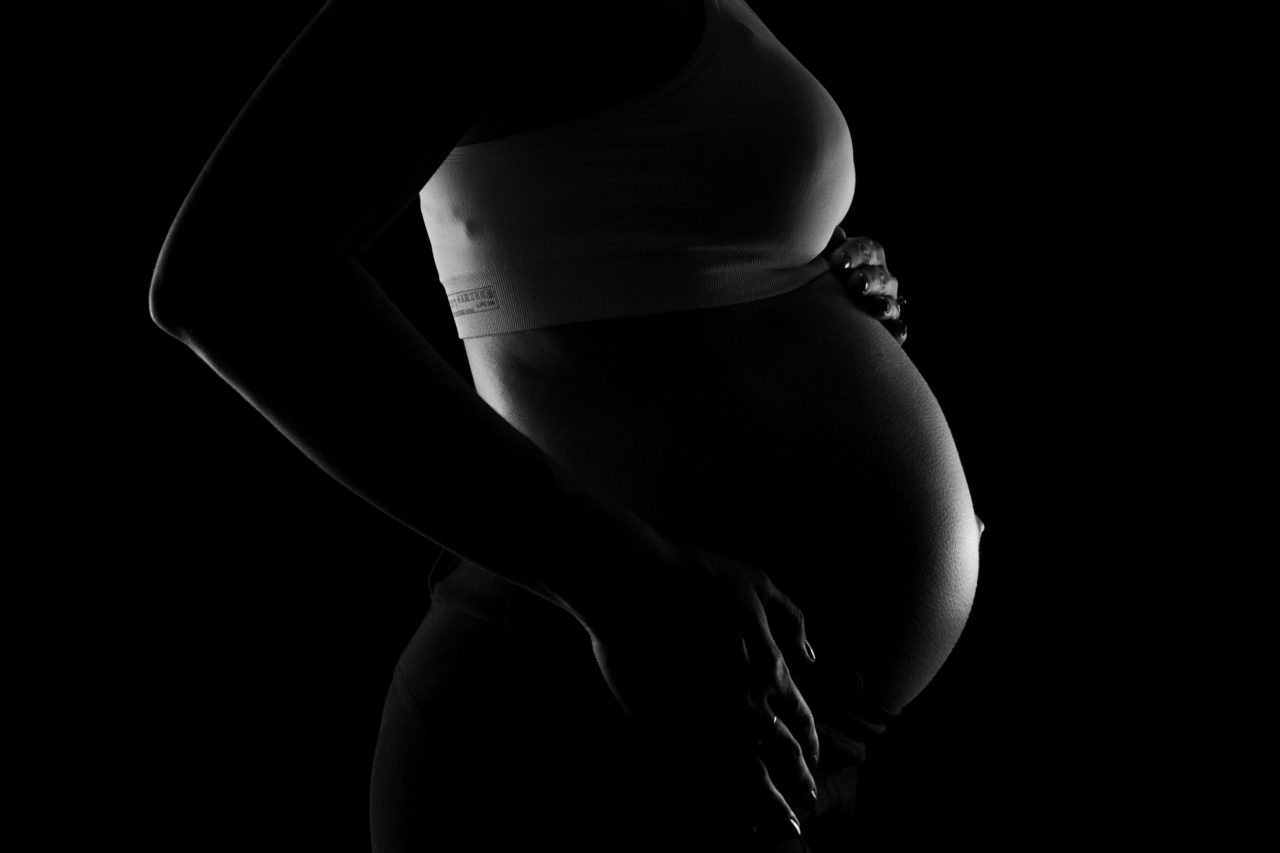Pregnancy is a time of significant physical changes; one of the most noticeable changes is the transformation of the breasts. Engorged, swollen, and tender, the breasts undergo a series of changes that help prepare them for lactation.
Although these alterations are primarily driven by hormones, other factors such as body weight and nutrition also play a role in shaping breast development during pregnancy.
1. Increased Hormone Levels
One of the primary influencers of breast changes during pregnancy is the hormones. The two primary hormones responsible for these changes are estrogen and progesterone, which increase exponentially during pregnancy.
In the first weeks, the surge of estrogen and progesterone causes the milk ducts to expand, and the breasts increase in size and weight. The areola, the circular area around the nipple, darkens and becomes more prominent.
The Montgomery glands, which produce oils that moisturize and protect the nipple, can also enlarge and protrude during this stage.
By the second trimester, the breasts continue to enlarge as hormones cause the alveoli, the milk-producing glands, to grow, multiply, and differentiate. The mammary glands, which store milk, expand to prepare for the baby’s arrival.
In the third trimester, hormone levels remain high as the body prepares for delivery. The breasts can feel full, heavy, and sometimes painful. These symptoms are indicators that the breasts are preparing for milk production.
2. Body Weight Changes
Body weight changes are another factor that contributes to breast changes during pregnancy. As the weight increases, the breasts also get heavier and denser.
The mammary glands and ducts can expand to accommodate the added weight. This expansion can lead to stretch marks on the breasts and the feeling of tightness or discomfort.
Additionally, overweight women before pregnancy have a higher risk of developing inflammation and infections in the mammary glands due to rubbing and increased sweating.
3. Nutrition
Nutrition is an essential factor in breast development during pregnancy. The breasts need specific nutrients, such as protein, calcium, and fluids to support proper milk production and storage.
Calcium, for instance, helps maintain the integrity of the breast tissue, while protein supports the growth and differentiation of the milk-producing cells. Adequate hydration is also essential, as dehydration can reduce milk supply and quality.
During pregnancy, the body’s demand for nutrients increases, and the mother should eat a well-balanced diet to support proper breast development and milk production.
4. Maternal Age
Maternal age is another factor that can influence breast changes during pregnancy. Women in their teens or early twenties usually experience more significant breast changes, such as an increase in size, fullness, and tenderness, than older women.
As women age, breast tissue becomes less dense and more fatty, and the breasts typically shrink. This change can result in less noticeable breast changes during pregnancy for older women.
5. Previous Pregnancies
Previous pregnancies can also influence breast changes during pregnancy. Women who have had previous pregnancies may experience fewer breast changes than first-time mothers.
Breast tissue expands and contracts, like a balloon, depending on the quantity of milk produced and stored in previous pregnancies.
This fluctuation can affect the breast density, nipple sensitivity, and overall appearance during the following pregnancies.
6. Breastfeeding History
Breastfeeding history can also affect breast changes during pregnancy. Women who have previously breastfed may have larger or more sensitive breasts than those who have never breastfed.
During breastfeeding, the hormones that stimulate milk production also stimulate breast growth and maintenance. The mammary glands and ducts can expand, resulting in larger breasts that may not return to their previous size after weaning.
Additionally, women may be more aware of milk letdown sensations and breast sensitivity during pregnancy, even if they do not intend to breastfeed.
7. Genetic Factors
Genetic factors play a role in a woman’s breast development during pregnancy. Scientific evidence suggests that the size and density of a woman’s breasts are related to her genetic makeup.
Women with a genetic predisposition for large breasts may experience more noticeable breast changes during pregnancy than those with a predisposition for smaller breasts.
Additionally, women with a family history of breast cancer may be at higher risk of experiencing abnormal breast changes during pregnancy, and they should undergo screening exams to ensure they are healthy.
8. Medications and Supplements
Some medications and supplements can influence breast changes during pregnancy. For example, certain birth control pills, hormonal supplements, and antidepressants can cause breast changes, making them fuller and more sensitive to touch.
Supplements such as fenugreek or shatavari have been claimed to boost milk production and improve breast health.
However, the use of supplements should be discussed with a healthcare provider, as some may induce negative side effects or interact with other medications.
9. Lifestyle Factors
Lifestyle factors such as exercise and smoking can influence breast changes during pregnancy.
Moderate exercise can maintain healthy blood flow and improve milk production, while smoking can decrease milk production and increase the risk of mastitis, an infection of the breast tissue.
Stress can also affect hormonal levels, leading to less noticeable breast changes and lactation difficulties. Therefore, women are encouraged to engage in stress-reducing activities such as meditation, yoga, and relaxation techniques.
10. Medical Conditions
Medical conditions can also influence breast changes during pregnancy. For instance, women with polycystic ovary syndrome (PCOS) or diabetes may have an increased risk of developing engorgement, mastitis, and other complications during pregnancy.
Additionally, women who have had breast surgeries such as reduction or augmentation may experience less noticeable or painful breast changes.
Conclusion
In conclusion, breast changes are an integral part of the pregnancy journey.
They are primarily driven by hormonal fluctuations but can also be influenced by factors such as body weight, nutrition, maternal age, previous pregnancies, breastfeeding history, genetic factors, medications, supplements, lifestyle, and medical conditions.
Despite these changes being considered a natural part of pregnancy, women are encouraged to monitor their breast health and report any abnormal or painful symptoms to their healthcare provider.






























